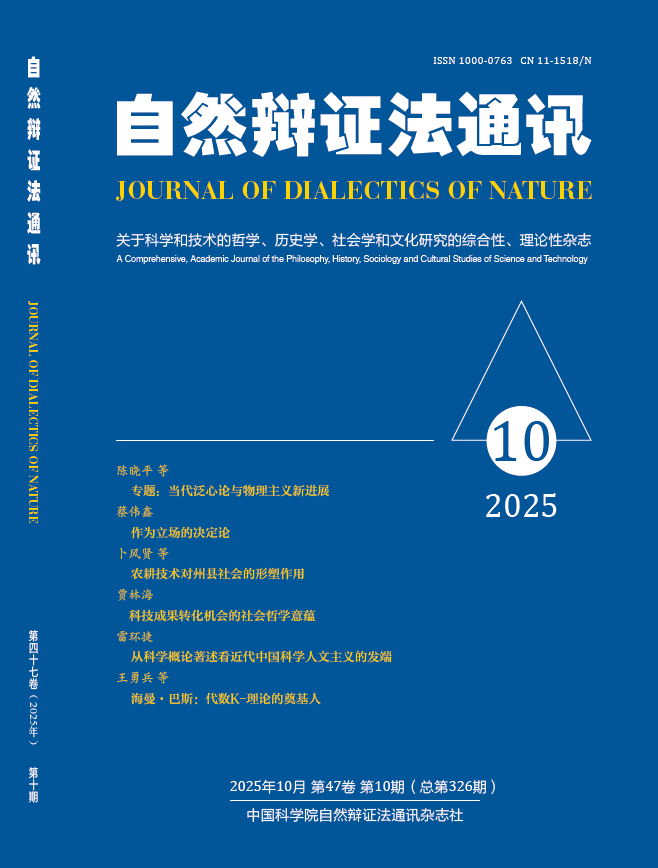

Published Online: 2025.9.10
DOI: 10.15994/j.1000-0763.2025.10.007 CSTR: 32281.14.jdn.2025.10.007
Abstract: During the Ming and Qing dynasties, agricultural development and administrative adjustments in Hanzhong Prefecture exhibited dynamic interactions. Demographically, the region underwent four distinct phases: growth in the early-mid Ming, sharp decline during the Ming-Qing transition, recovery in the Qianlong-Jiaqing era, and gradual decrease after the Daoguang reign. Agricultural expansion progressed from plains to mountainous areas, peaking in the Qianlong-Jiaqing period with only brief abandonment in the early Qing. Correspondingly, administrative structures underwent frequent reorganizations from the mid-Ming onward, stabilizing only by the Qianlong-Jiaqing era after repeated divisions and additions. The study reveals that population fluctuations directly drove administrative changes, while agricultural innovations introduced by migrants served as the underlying catalyst. Through land reclamation and technological improvements, regional resources were effectively utilized, ultimately shaping the stable county-level administrative framework by the late Qing. This historical process not only elucidates the evolution of human-land relations but also provides valuable insights for contemporary ecological conservation efforts in the Qinling region.
Key Words: Ming and Qing Dynasties; Hanzhong Prefecture; Agricultural technology; Administrative area
See the full text at: https://jdn.ucas.ac.cn/public/uploads/files/68ca0d564cf22.pdf
- Contact Us
- Address: No.19A Yuquan Road, Beijing, 100049, China
- Phone: +86-10-88256007
- Email:jdn@ucas.ac.cn




